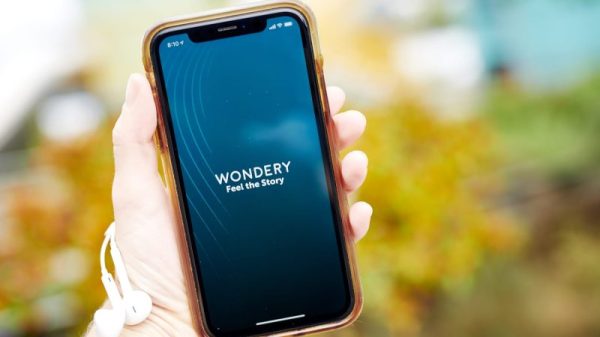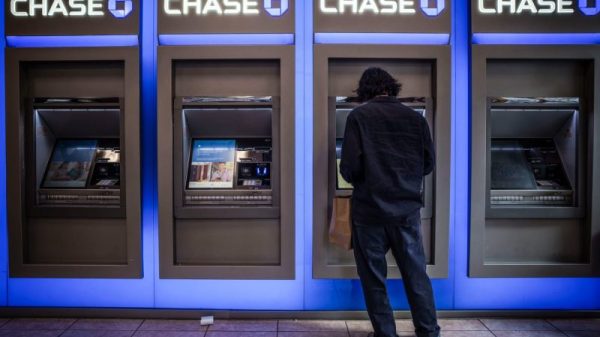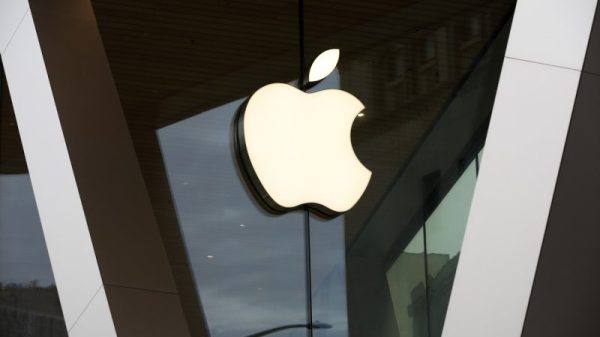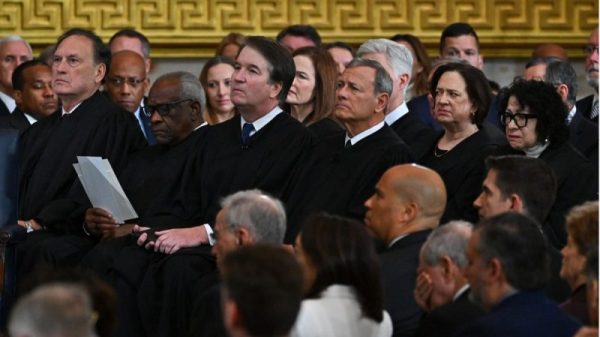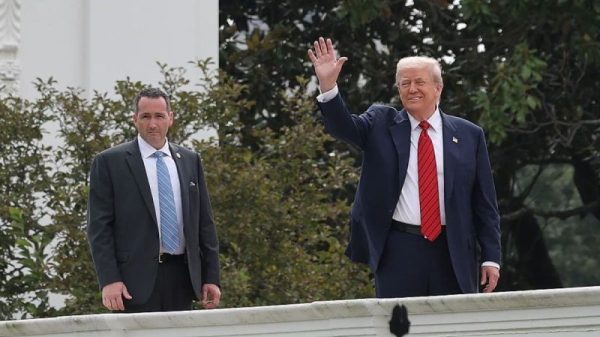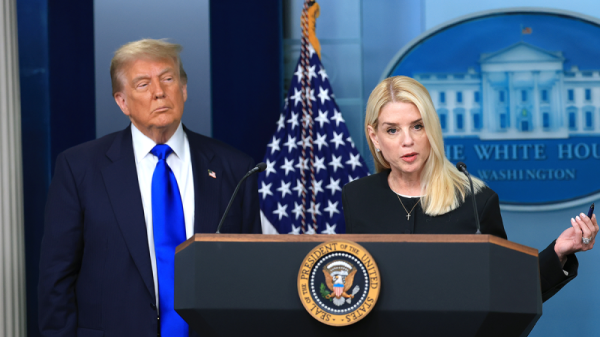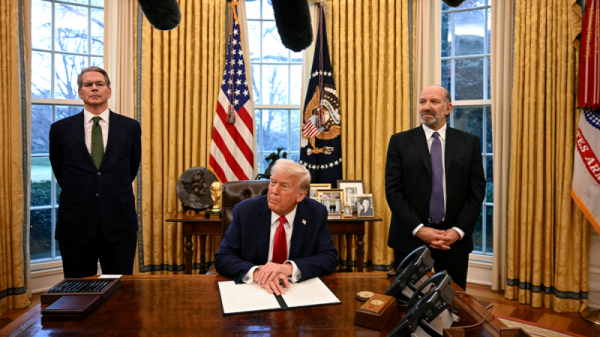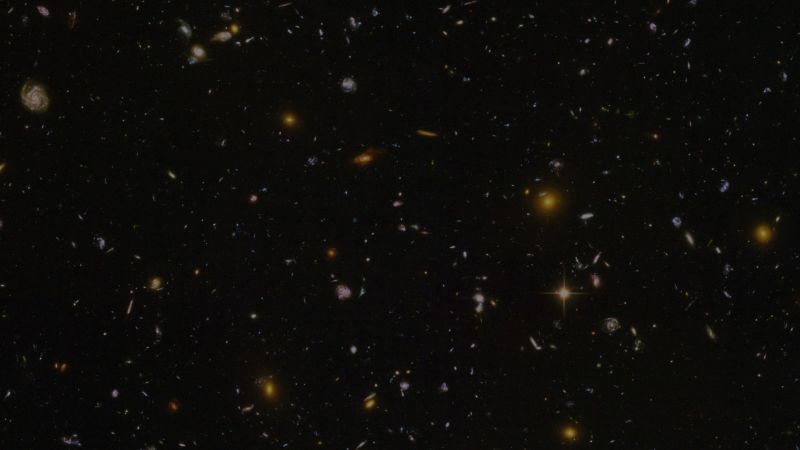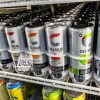Scientists based in China have created a monkey chimera with two sets of DNA, experimental work they say could ultimately benefit medical research and the conservation of endangered species.
The monkey, which lived for 10 days before being euthanized, was made by combining stem cells from a cynomolgus monkey — also known as a crab-eating or long-tailed macaque, a primate used in biomedical research — with a genetically distinct embryo from the same monkey species. It’s the world’s first live birth of a primate chimera created with stem cells, the researchers said.
A proof-of-concept study detailing the research, which published Thursday in the scientific journal Cell, said it was notable that the monkey was “substantially chimeric,” containing a varying but relatively high ratio of cells that grew out of the stem cells throughout its body.
“It is encouraging that our live birth monkey chimera had a big contribution (of stem cells) to the brain, suggesting that indeed this approach should be valuable for modeling neurodegenerative diseases,” said study coauthor Miguel Esteban, principal investigator at the Guangzhou Institute of Biomedicine and Health, Chinese Academy of Sciences and a researcher with BGI-Research Hangzhou, a nonprofit arm of Chinese genetics firm BGI.
“Monkey chimeras also have potential enormous value for species conservation if they could be achieved between two types of nonhuman primate species, one of which is endangered,” he added. “If there is contribution of the donor cells from the endangered species to the germ line, one could envisage that through breeding animals of these species could be produced.”
History of chimeras in research
The term chimera originated from the monstrous hybrid creatures that populate Greek myths, but chimeric mice were first created in the 1960s and have been commonly used in biomedical research.
Chimeric lab mice allow scientists to track how normal cells interact with genetically altered or mutated cells, which is useful for understanding biological processes and disease. But there are limitations with research on mice that make pursuing efforts with monkeys worthwhile, the scientists said.
“Mice don’t reproduce many aspects of human disease for their physiology being too different from ours. In contrast, human and monkey are close evolutionary, so human diseases can be more faithfully modeled in monkeys,” said senior study author Zhen Liu of the Chinese Academy of Sciences.
More controversial are human-animal chimeras, which contain some human cells, and some cells from other species. Scientists have created mouse embryos that are part human, and in 2021, scientists reported that they had grown human-monkey chimeric embryos.
Scientists hope that part-human chimeras may one day help to fill the demand for organ transplants. In September, researchers reported that they had grown kidneys containing mostly human cells inside pig embryos.
Liu said at a news briefing that it would be crossing an ethical red line to attempt to produce a monkey-human chimera beyond early embryonic stages of development.
Making a monkey chimera
The team cultured nine stem cell lines using cells removed from 7-day-old monkey embryos. The researchers made the cells pluripotent — giving them the ability to organize into all the different cell types needed to create a live animal.
Then they selected a subset of cells to inject into genetically distinct 4- to 5-day-old embryos from the same monkey species. The cells were also infused with a green fluorescent protein so the researchers would be able to determine which tissues had grown out of the stem cells.
The embryos were implanted into female monkeys, resulting in 12 pregnancies and six live births. One of the monkeys that was born and one fetus that was miscarried were “substantially chimeric,” containing cells that grew out of the stem cells throughout their bodies, according to the study.
“This is an important study, but I wouldn’t consider it’s a breakthrough as the chimeras generated are not viable,” said Jun Wu, an associate professor in molecular biology at the University of Texas Southwestern Medical Center.
He added that the team also hadn’t been able to demonstrate that the stem cells used to generate the chimeras were inheritable by offspring — something that would be necessary to generate monkey disease models for medical research. Wu wasn’t involved in the study but has worked on human-animal chimeras.
The percentage of stem cells in the monkey’s tissue ranged from 21% to 92%, with an average of 67% across the 26 different types of tissue that were tested, according to the study. The percentage was notably high in brain tissue.
“It is a very good and important paper,” said Jacob Hanna, a professor of stem cell biology and embryology at the Weizmann Institute of Science in Israel who was not involved with the study.
“This study may contribute to easier and better making of mutant monkeys, just like biologists have been doing for years with mice,” Hanna added. “Of course, work with (nonhuman primates) is slower and much harder but is important.”
The ethics of medical research on monkeys
The use of monkeys in scientific research is a contentious issue because of ethical concerns about animal welfare. The team said it followed Chinese laws and international guidelines governing the use of nonhuman primates in scientific research.
Penny Hawkins, head of animals in science at the Royal Society for the Prevention of Cruelty to Animals, said that she was “deeply concerned about the inherent animal suffering and wastage associated with the application of these technologies to sentient animals.”
She noted that 40 female macaque monkeys had embryos implanted, of which only 12 led to pregnancies. Six of these resulted in live births, but only one had the desired genetic makeup. A vet euthanized it after 10 days due to respiratory failure and hypothermia.
In the United States, research on nonhuman primates made up 0.5% of all animals used in scientific research, according to a report by the panel of the National Academies of Sciences, Engineering and Medicine released in May.
The panel found that research involving monkeys, because of their similarities to people, had been critical to lifesaving medical advances, including the creation of vaccines against Covid-19. The report also concluded that a shortage of nonhuman primates had negatively affected research necessary for both public health and national security.






